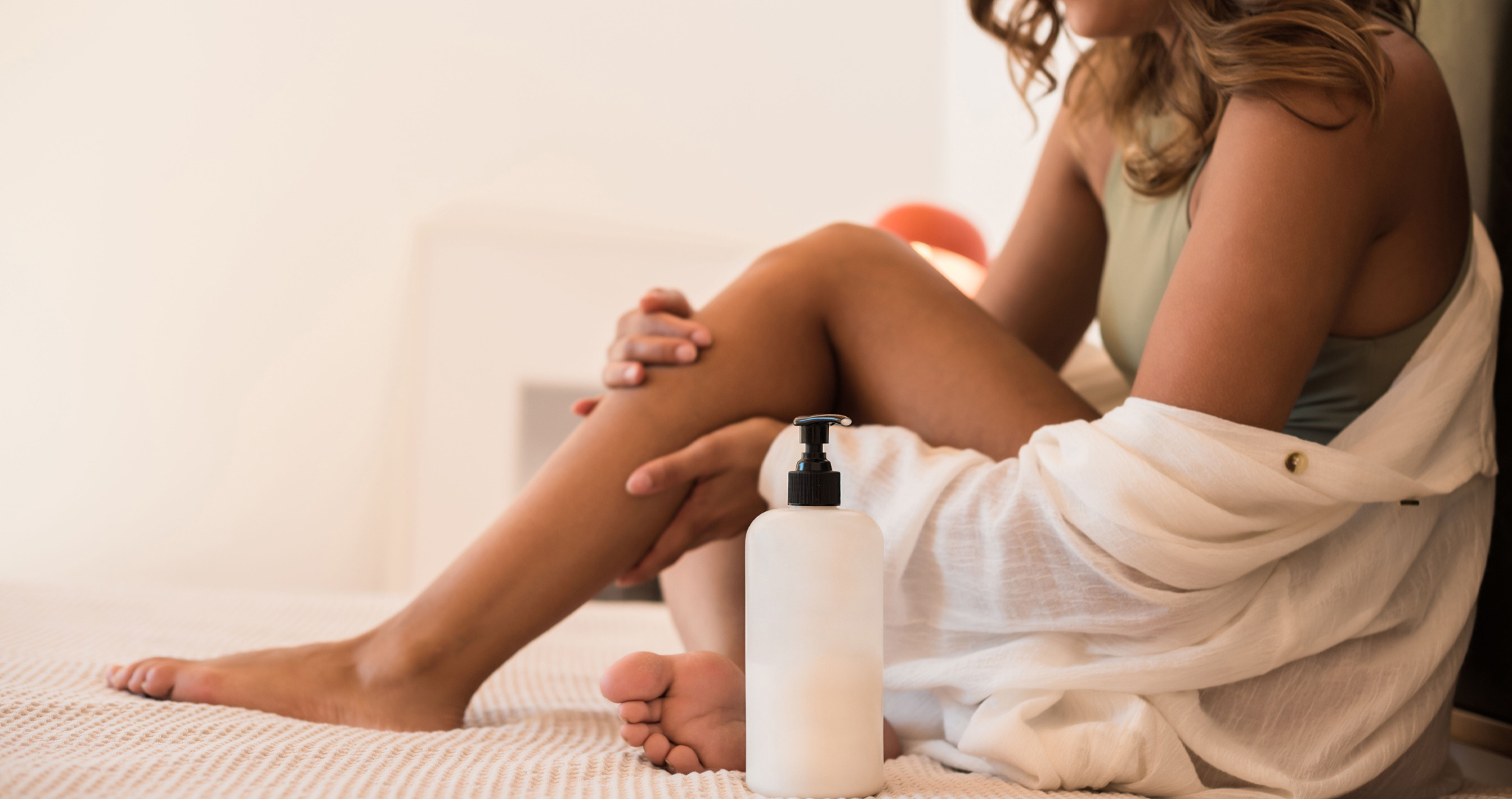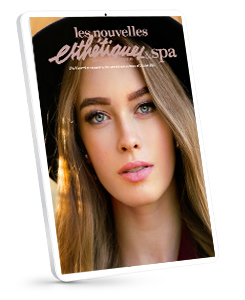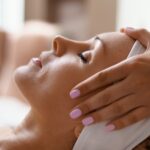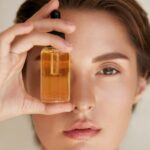
Sugaring Sensitive Skin with Alexandria Pro
By Lina Kennedy
It’s no secret that our company is a strong advocate of our “Full Circle of Skin Conditioning®” program, which focuses on holistic and personalized approaches to sugaring hair removal and skin health. It emphasizes the use of products and techniques that support healthy, resilient skin for all skin types, including those with sensitivities.
Based on the general principles of our skin-health philosophy, the “Full Circle of Skin Conditioning®” program prioritizes products and methods that strengthen and soothe the skin, which has proven to be beneficial for individuals with conditions like sensitive skin, psoriasis, or eczema.
For sensitive skin, the program includes skin-healthy products that avoid irritation, inflammation, and harsh chemicals. Psoriasis and eczema typically require skincare that not only soothes and hydrates but also helps reduce flare-ups and manage inflammation. Therefore, if your sugaring program includes non-stripping, nourishing, and barrier-repairing ingredients, it will be extra helpful for people with these conditions.
But it doesn’t stop there when it comes to sugaring…
Our sugaring technique and products are often regarded as safe and effective for sensitive skin, especially in comparison to traditional waxing or other hair-removal methods. Here’s why sugaring is very suitable for sensitive skin types:
Clients who suffer from eczema, psoriasis, or something simpler such as keratosis can be safely sugared to remove hair that is growing within these conditions. But even without these conditions, some clients simply have very sensitive skin types. With a gentle technique, a smooth sugar paste, and the penetration of the sugar into the follicles, sugaring can extract the hair gently in its natural direction. Automatically, this prevents unnecessary discomfort and potential pain. When you extract a hair against its natural direction by yanking it backward and pushing down on the follicle—more specifically, the opening of the follicle—the client will feel it a lot more. This action will cause irritation from the hard friction and potential inflammation—more intense red dots.
-
Gentle, Natural Ingredients
Sugaring products typically feature natural ingredients like sugar, lemon juice, and water. These ingredients are far less irritating to the skin than the synthetic chemicals found in many waxing products. They are also free from artificial fragrances, preservatives, and other potentially irritating ingredients that can cause reactions in sensitive skin.
Since the ingredients are simple and natural, they are less likely to trigger allergic reactions, making them more suitable for individuals with sensitive skin.
-
Lower Temperature Application
One of many advantages of sugaring is that the sugaring paste is applied at a low temperature (lukewarm or body temperature). This eliminates the risk of burns or skin irritation, which can be especially problematic for sensitive skin. It won’t overstimulate blood flow or cause inflammation.
The technique itself involves applying/molding the sugaring paste against the direction of hair growth and removing it in the direction of hair growth. This minimizes the pulling on the skin, which can be harsh, and reduces the likelihood of skin irritation or follicle damage.
-
Exfoliating Properties Without Stripping
Sugaring treatments are not only for hair removal; sugaring is a great treatment even without hair, as it naturally exfoliates the skin. But unlike harsh physical exfoliants, it doesn’t strip the skin of its natural oils. For sensitive skin, maintaining the skin’s natural moisture barrier is crucial, and sugaring is a gentler way to exfoliate compared to traditional abrasive scrubs and peels.
The technique used in sugaring is also less likely to lead to ingrown hairs—a common problem with other hair removal methods that can cause bumps and irritation. This is important for people with sensitive skin who may already have reactive skin.
-
Less Skin Pulling
When sugar pastes are formulated effectively and the technique is performed with the gentleness it is intended, sugaring reduces the stress on the skin when removing the paste, leading to less discomfort and preventing or reducing the possibility of irritation. This makes it an ideal method for those who react negatively to more aggressive techniques.
-
Improved Skin Healing
Soothing Aftercare: Sugaring is often followed by soothing and calming products that help to hydrate and calm the skin. All of our company’s aftercare products are formulated with sensitive skin in mind, containing ingredients that promote healing and reduce inflammation. This is especially helpful for people with skin conditions like eczema or psoriasis, which often require extra care and moisture to stay balanced. We purposely formulate all our products to be perfume/fragrance-free, vegan, cruelty-free, and gluten-free.
-
Suitable for Sensitive Areas
Delicate Areas: Because sugaring is so gentle, it can be used on sensitive areas of the body where the skin is more prone to irritation, such as the bikini line, underarms, and face. This is particularly beneficial for individuals with more delicate or reactive skin, who may struggle with other forms of hair removal in these areas.
Full Facial Hair Removal:
It is very important to discuss the facts of a full-face sugaring treatment with your client before you begin. The information your client provides to you via a Client Record Card can serve you well when discussing the treatment with them.
In many cases, the vellus hair found on the face is of a denser growth—having more vellus hair per square inch. The denser growth of vellus hair on the face may make the skin more prone to irritation during hair extraction. Vellus hair is fine and shallow, sitting just above the nerve endings. When it’s extracted, it can cause minor trauma to the follicle and surrounding skin, leading to an inflammatory response. This irritation can trigger histamine release, leading to swelling and, in some cases, the formation of pustules as the skin attempts to protect itself. While this isn’t technically an allergic reaction, it is an immune response to the irritation caused by the extraction process.
This is why our company strongly advocates and teaches performing a patch test before sugaring a first-time client request for full-face sugaring. We recommend a one-side jawline patch test. Even if all goes well and there are no negative reactions, we suggest waiting at least 5 days to see if any delayed reaction shows up.
If your client insists on having the treatment performed immediately, you can request they sign a waiver form releasing you from any liability. That form can be a generic document that clearly defines all the counsel you provided.
We have a product called CC’me (Calm and Cool Me) that can be used before sugaring to help prevent these reactions, and afterward anytime they start to feel a bit itchy. If they do experience a reaction, CC’me will help heal it faster, as will the Mud Puddle.
I know a lot on this topic because I had the worst reaction I have ever seen when my full face was sugared 34 years ago. Although my facial hair was near translucent in color, it was very dense and long—and it was extracted against the direction of its natural growth, which, knowing what I know today, could have exacerbated the reaction. We had no research on prevention or healing this type of reaction back then. It took three whole months to heal!
-
Fewer Skin Reactions
Sugaring generally results in fewer adverse reactions, such as bumps, redness, and ingrown hairs. Since the sugaring paste is so natural and less aggressive, it’s less likely to trigger skin reactions like folliculitis or post-inflammatory hyperpigmentation, which are more common with other hair removal methods.
Your sugaring technique and products should be safe for sensitive skin types because they focus on gentle, natural ingredients, lower-temperature application, reduced trauma to the skin, and effective exfoliation without stripping moisture. This makes sugaring a great option for individuals with sensitive skin, eczema, or psoriasis who want to avoid harsher hair removal methods that can irritate or exacerbate skin conditions.
As always, better safe than sorry! When in doubt, do the patch test!
One of the proudest moments in my career was receiving this testimonial from a colleague of prestigious academic background:
“The results experienced by many using the Alexandria Professional products reinforce the value of what Lina Kennedy created—a comprehensive, healing, and balancing system to help balance the skin, even where eczema or psoriasis exists.”
— Silvija Zickuviene, Biotechnologist, Lithuania
Happy Sugaring!
Author: Lina Kennedy
President & CEO, Alexandria Professional
www.alexandriaprofessional.com
Follow me on TikTok












